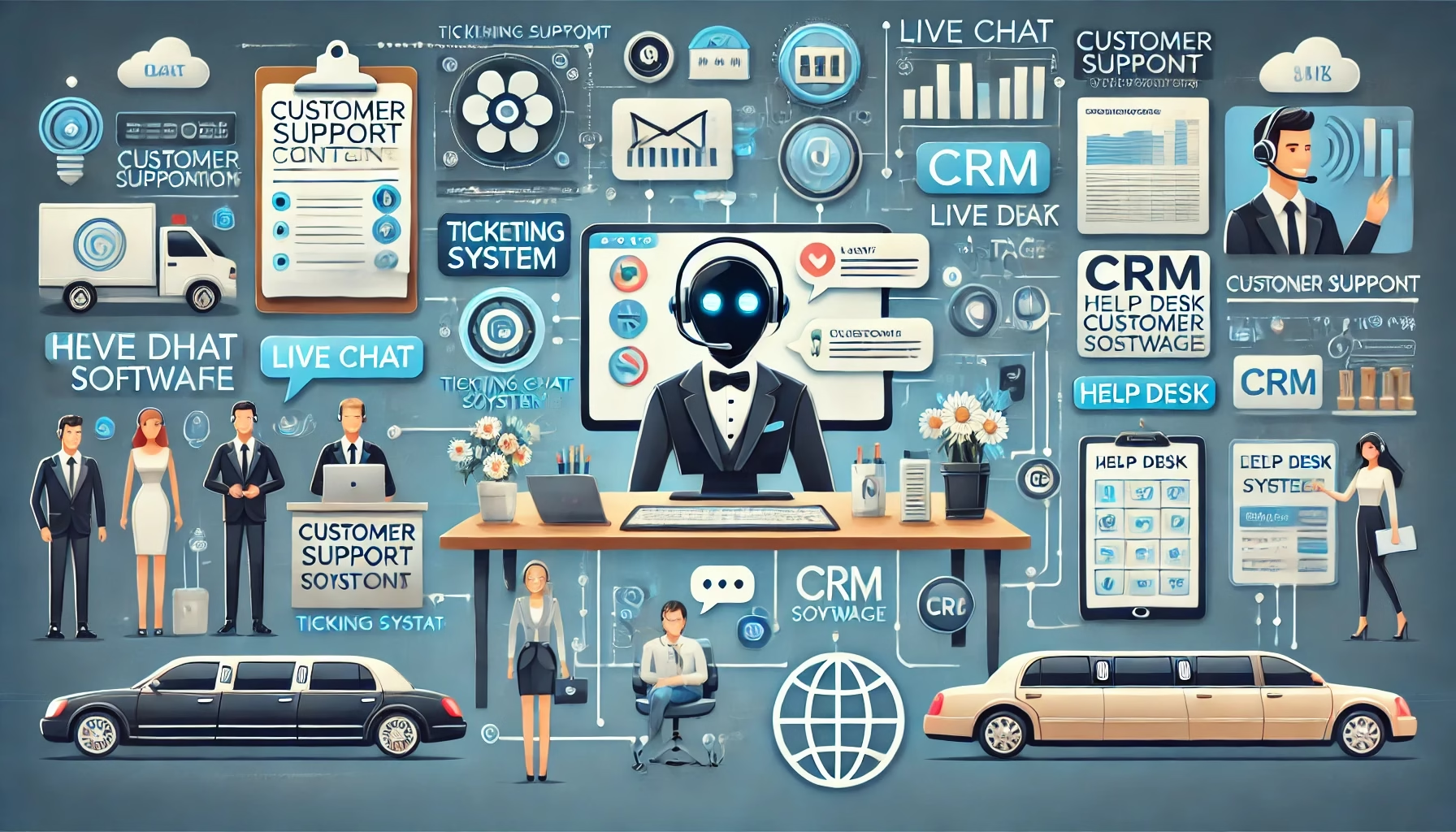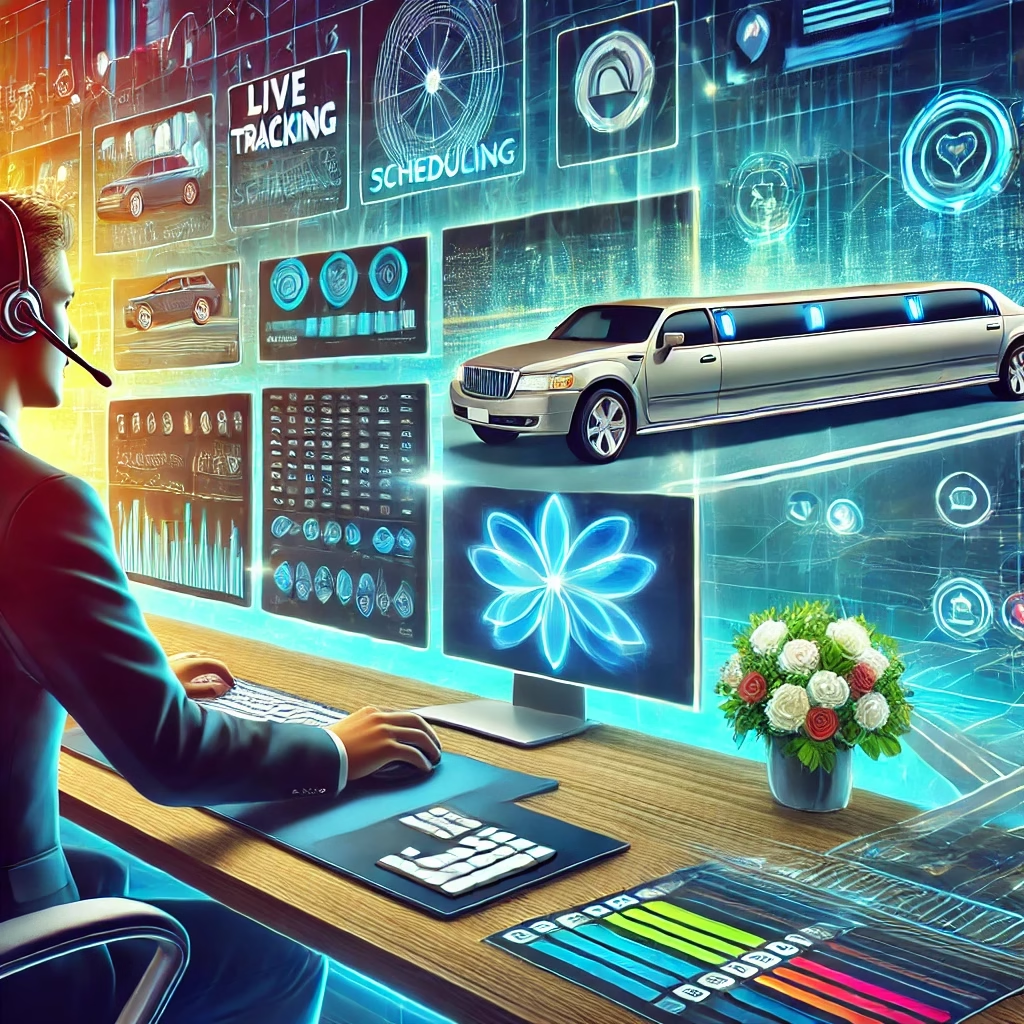Introduction
Chat support is an essential aspect of customer service, especially in industries like dispatch and limousine services, where quick responses and effective communication are crucial. However, dealing with difficult customers in chat support can be stressful. Customers may be frustrated, demanding, or even aggressive. Knowing how to handle these conversations effectively can help improve customer satisfaction and maintain a positive brand image.
In this article, we will explore difficult chat support strategies to help customer service representatives navigate challenging conversations. We’ll discuss common issues in chat support and provide actionable solutions to address them effectively.
1. Understanding the Customer’s Frustration
The Issue
Customers usually reach out to chat support when they have a problem. If their issue isn’t resolved quickly, they may become frustrated. In dispatch and limousine services, delays or booking errors can make customers even more impatient.
The Solution
- Acknowledge the frustration – Start with a reassuring statement like, “I understand how frustrating this must be for you. Let me help.”
- Use active listening – Carefully read what the customer is saying, and respond appropriately. Avoid using generic replies.
- Clarify the issue – Ask relevant questions to get a better understanding of their problem before offering solutions.
By recognizing the customer’s frustration and addressing it with empathy, chat support agents can turn a difficult conversation into a positive experience.
2. Staying Calm Under Pressure
The Issue
Some customers may be aggressive or use harsh language when expressing their concerns. This can be stressful for chat support agents.
The Solution
- Maintain professionalism – Avoid responding with emotion. Stick to neutral and polite language.
- Set boundaries when necessary – If a customer is being abusive, politely warn them about respectful communication.
- Use de-escalation techniques – Respond with calming phrases like, “I’m here to help, and I’ll do my best to assist you.”
By remaining calm, support agents can prevent the situation from escalating further and ensure a more productive conversation.
3. Managing High-Ticket Customers in Dispatch and Limousine Services
The Issue
VIP customers or clients paying for premium services expect nothing short of perfection. Even minor issues can lead to dissatisfaction.
The Solution
- Prioritize their requests – Ensure that high-ticket customers receive quick responses and personalized service.
- Offer proactive solutions – If a limousine is late, for example, offer a discount or free upgrade.
- Follow up – Check in with the customer after resolving the issue to ensure they are satisfied.
Handling high-value customers with extra care can improve retention and boost business reputation.
4. Dealing with Unreasonable Demands
The Issue
Some customers may request unrealistic refunds, discounts, or services that go beyond what the company offers.
The Solution
- Set clear expectations – Politely explain company policies while maintaining a helpful tone.
- Offer alternative solutions – If a customer demands a refund but is not eligible, offer a discount on future services instead.
- Know when to escalate – If a customer insists, refer them to a manager instead of arguing.
By handling unreasonable demands tactfully, chat support teams can maintain fairness while ensuring customer satisfaction.
5. Handling Long Wait Times in Chat Support
The Issue
Customers expect instant responses, and long wait times can lead to frustration and complaints.
The Solution
- Use automated responses – Set up an auto-reply that acknowledges their wait and assures them that help is on the way.
- Prioritize urgent cases – Dispatch-related queries, for instance, should be handled before general inquiries.
- Optimize response efficiency – Train agents to use canned responses effectively while keeping messages personalized.
Reducing wait times and keeping customers informed can significantly improve the support experience.
6. Handling Technical Issues in Chat Support
The Issue
Customers may experience technical difficulties, such as login issues or app malfunctions, leading to frustration.
The Solution
- Provide step-by-step guidance – Walk customers through troubleshooting steps clearly and concisely.
- Use screenshots and links – Visual aids can help customers understand instructions better.
- Escalate when necessary – If the issue is beyond basic troubleshooting, forward it to the technical team promptly.
A well-structured approach to handling technical issues can enhance customer trust in the support team.
7. Managing Disputes and Complaints
The Issue
Disputes over pricing, service quality, or policies are common in dispatch and limousine services.
The Solution
- Remain neutral and factual – Stick to company policies while showing empathy.
- Offer a resolution – A discount, apology, or service correction can often resolve the issue.
- Follow up after resolution – Ensure the customer is satisfied with the outcome.
By handling complaints effectively, companies can turn negative experiences into positive ones.
8. Communicating with Non-Native Speakers
The Issue
Language barriers can make conversations confusing and increase frustration for both the customer and the agent.
The Solution
- Use simple and clear language – Avoid jargon and complex sentences.
- Utilize translation tools – If available, use software to assist in communication.
- Confirm understanding – Ask the customer if they need clarification to ensure clarity.
By adapting to different communication needs, chat support agents can assist a wider range of customers effectively.
9. Handling Multiple Chats Simultaneously
The Issue
Support agents often have to handle multiple customer chats at the same time, increasing the risk of errors and delays.
The Solution
- Use canned responses strategically – Pre-written replies can save time but should be personalized.
- Prioritize urgent cases – Address time-sensitive requests first.
- Avoid multitasking too much – If overwhelmed, request additional support from team members.
Balancing multiple chats efficiently ensures smoother customer interactions.
10. Following Up After Difficult Conversations
The Issue
Customers who had a negative experience may still feel dissatisfied, even after their issue is resolved.
The Solution
- Send a follow-up message – A simple “I hope everything is working well for you now” can make a difference.
- Offer future support – Let customers know they can reach out again if needed.
- Request feedback – Ask customers how their support experience was to improve future interactions.
Following up shows customers that the company values their satisfaction.
Conclusion
Handling difficult chat support strategies requires a combination of patience, empathy, and strategic communication. By staying calm, using active listening, and providing clear solutions, customer support agents can turn even the most challenging conversations into positive interactions.
If you’re looking for professional dispatch and customer support services, consider Saztech Solutions. Their expert team ensures seamless communication and high-quality customer service, making them a reliable partner for businesses in dispatch and limousine services.
Home | About Us | Pricing | Get Started | FAQ | Dispatch Daily | Contact Us
WhatsApp | Facebook | LinkedIn





Leave a Reply